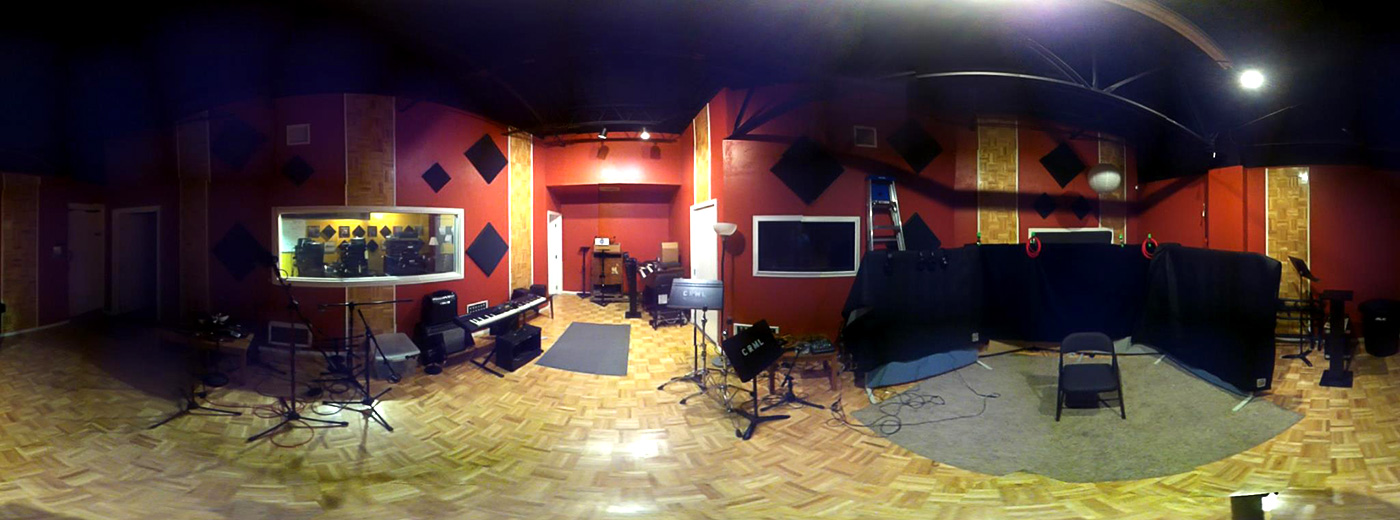Profile: Wes Sharon
by Barbara Schultz
Oklahoma Producer Takes Americana Artists to the National Level
See more at: http://www.mixonline.com/news/profiles/wes-sharon/428264#sthash.19xJ6bWQ.dpuf
From his studio, 115 Recording, in Norman, Okla., producer Wes Sharon has launched the national careers of some of Americana’s great young artists. John Fullbright’s 2013 album From the Ground Up, which Sharon produced, recorded and mixed, earned Americana Album of the Year nominations at the Grammys and Americana Music Association Awards. Next came Parker Millsap’s eponymous debut, and it earned the singer/songwriter an Emerging Artist of the Year nom at the AMAs.
The Sharon-produced album for the Turnpike Troubadours, Goodbye Normal Street, hit Number 14 on Billboard’s country chart and Number 3 on the Indie chart, and was Lone Star Music’s best-selling album of 2013.
“I don’t know if people know what goes on down here, but the Troubadours will sell [more than] 50,000 hard copies of a record, entirely in Texas,” Sharon says. “For this kind of music, Texas is its own world.”
How did your studio career start?
I was a musician playing in bands, and I wanted to learn more about [recording] so I could communicate better with an engineer. I was a kid, making real-deal punk records. If you’d told me then what I would end up doing, I would have thought you were high.
But the truth is, any music that communicates directly with your audience is a folk art. A lot of the guys who were my contemporaries in the punk days are doing the singer/songwriter thing now. They’re just communicating at a different volume.
How did you go from recording at home to owning your studio?
I went to the Conservatory of Recording Arts and Sciences, and [then I wanted to do] an internship. Tom Waits’ music was everything to me at the time, so I called Prairie Sun [Cotati, Calif., where Waits has recorded], and Jeff Sloan, who was the manager at the time, says, “We don’t use interns.” Click. But he called me back a week later: “They’re going to lose Studio B for several months while they rebuild it, and everybody’s leaving to work somewhere else.” So I became the only guy there, helping the techs and getting things back online.
That was in ’94, and I stayed there till Christmas of ’97. I finished a Doobie Brothers project, and then I came back to Oklahoma and started recording out of my house. I actually built 115 for a friend, but one thing led to another and I bought it from him.
What’s your recording platform, and what would you say are the go-to pieces of gear in your studio?
I use Digital Performer. I have an Audient ASP 8024 console, and I like the way it sounds, but I rarely use the preamps. Since 1994 I’ve mainly used an SM7 for vocals with a Neve 1073, or an Aurora Audio GTQ2, or an API 512. For guitars, the coolest thing I’ve bought in a while is a DynaMount [robotic mic positioner], which I can manipulate from my listening position.
How do you approach working with a newer artist?
I always ask: Send me iPhone recordings of your song, the way you wrote it, with you playing and singing, totally unadorned. I want to listen to that a few times before we start. We don’t do demos. When you hear someone playing their song, they’re compensating for the sound in their head.
With John Fullbright, if he’s fingerpicking, I can tell: That’s the bass line; that’s where the kick drum is supposed to go; that’s where the snare would hit. I hear what [the artist] wants to hear. But I really don’t want to make the record that sounds like them then. The hope is to make the record that sounds like them two years from now. Recording is not just archiving. It’s giving the artist a way to express themselves that’s timeless.
– See more at: http://www.mixonline.com/news/profiles/wes-sharon/428264#sthash.19xJ6bWQ.dpuf

